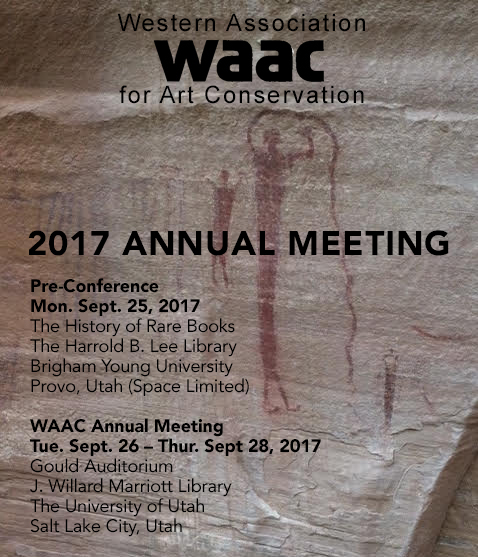The Conservation-Restoration of Two Human Hair Wigs
Abstract
Through a case study format, this paper presents the examination, technical fabrication and conservation of two human hair wigs belonging to a late 17th century Holy Child from Spain/Naples (?) and an 18th century Holy Child from Spain, elements frequently used on Baroque devotional sculptures found in Spain and Italy. One wig, which sits atop a Holy Child’s head held in place by a nail, consists of an iron wire structure on which curled human hair is attached and secured by cotton thread. The other wig consists of a fabric base on which hair is attached by cotton thread. These objects, belonging to the Jacquinot Collection of the Musée d’art and d’histoire de Chaumont, were found in an alarming state of conservation. The structure was unstable (breaking hair possibly due in part to the presence of an unknown substance, insect infestation and rigidity of materials) and the surface was very dirty (dust, insect carcasses and grime). Because of the close contact with iron and cotton, the treatment of the hair had to be approached with particular caution in order to avoid introducing water onto the surface of the iron and cotton. Restoring shape to the curled hairs also proved to be a delicate process. In order to better understand and conserve these objects, further research on fabrication techniques, regional styles and conservation treatment of human hair would be very beneficial to conservators.Click on Video link on the right to view presentation.
Published
2017-11-21
How to Cite
COLLINS-PEYNAUD, Kimberleigh.
The Conservation-Restoration of Two Human Hair Wigs.
Selected Proceedings of Advances in Conservation, [S.l.], nov. 2017.
Available at: <https://epubs.utah.edu/index.php/waac/article/view/4002>. Date accessed: 25 dec. 2025.
Issue
Section
Articles


